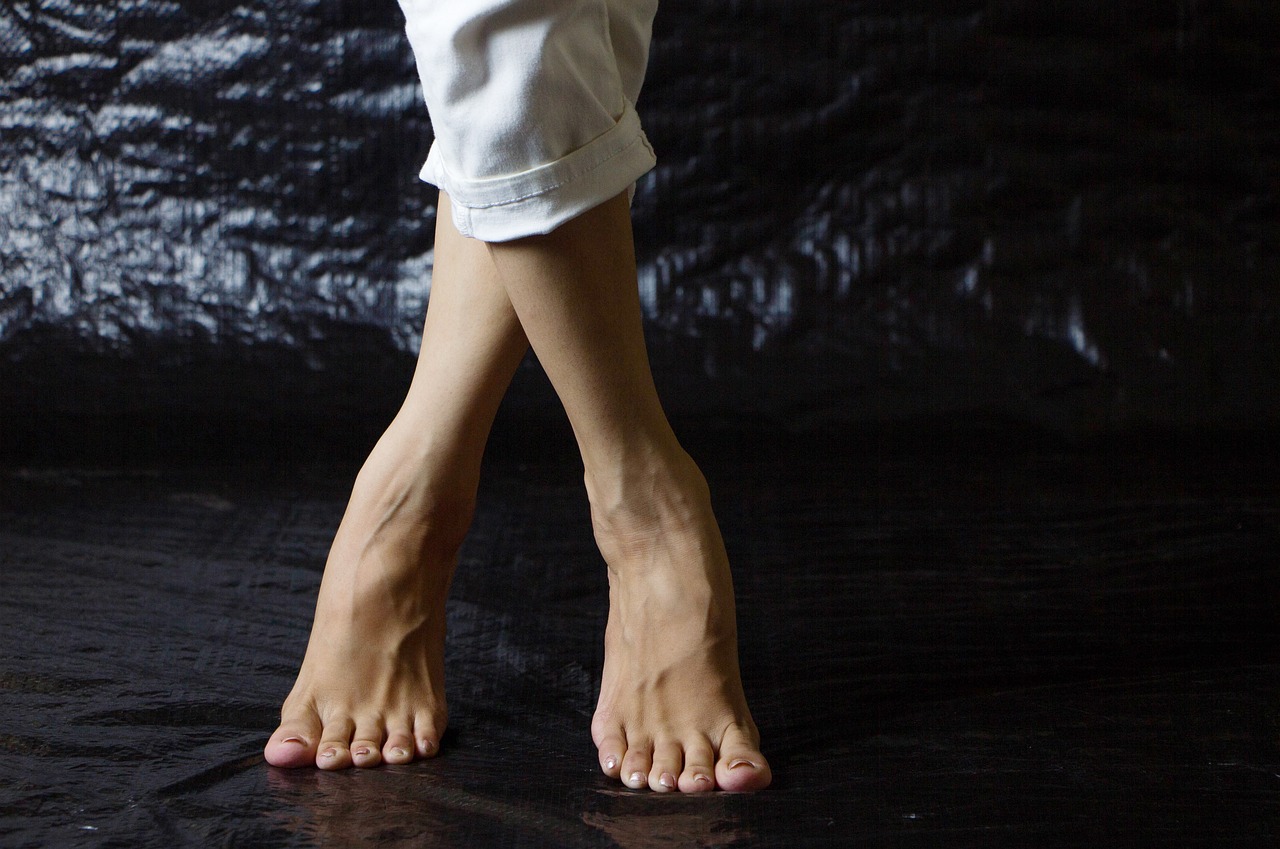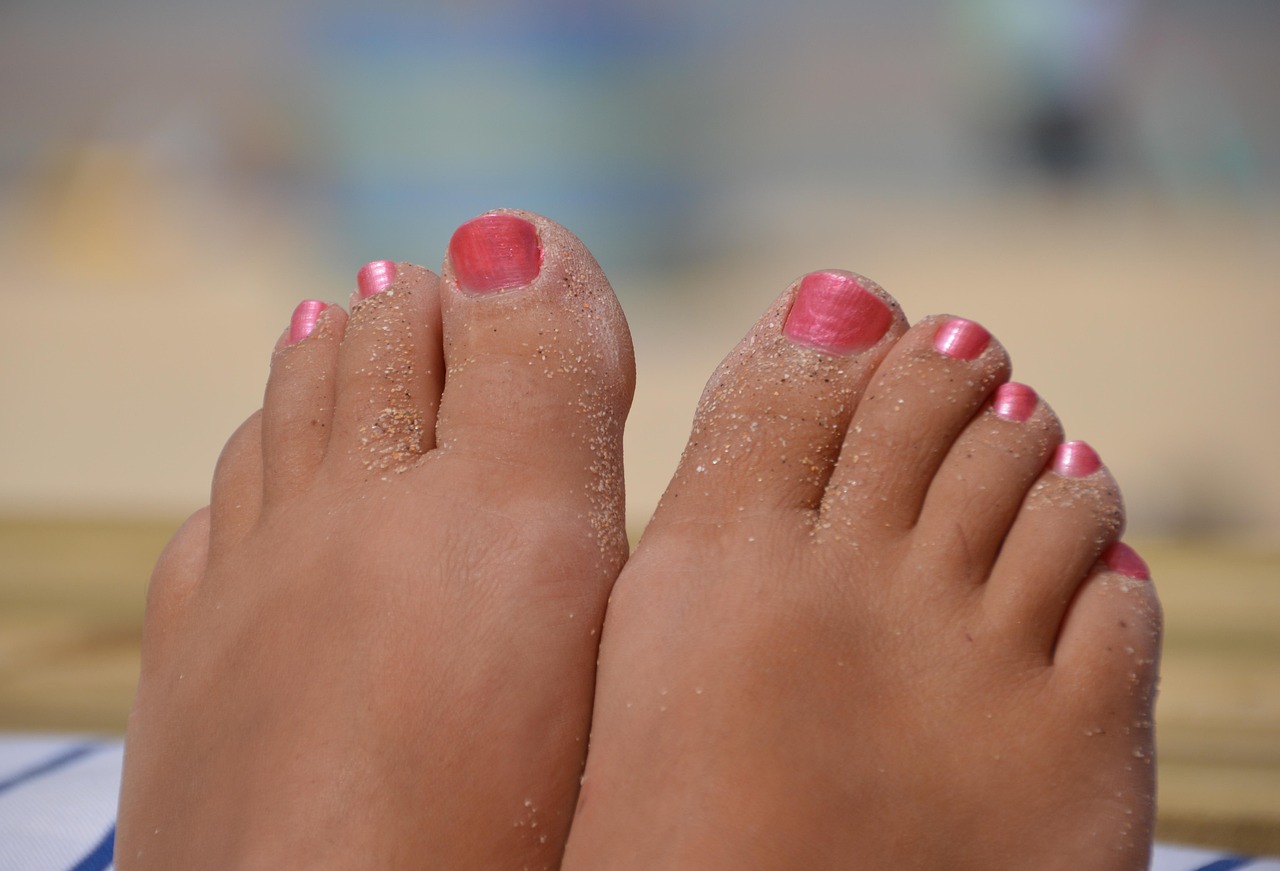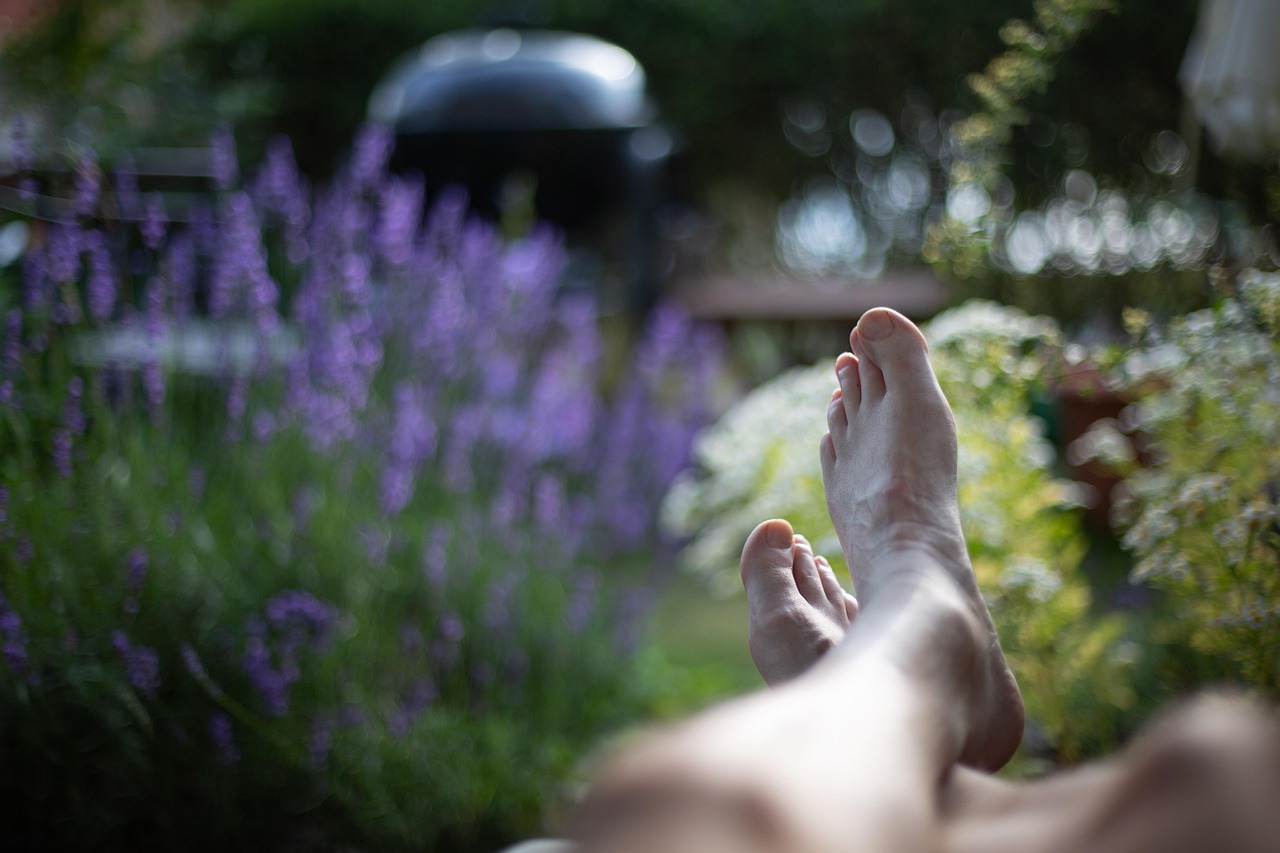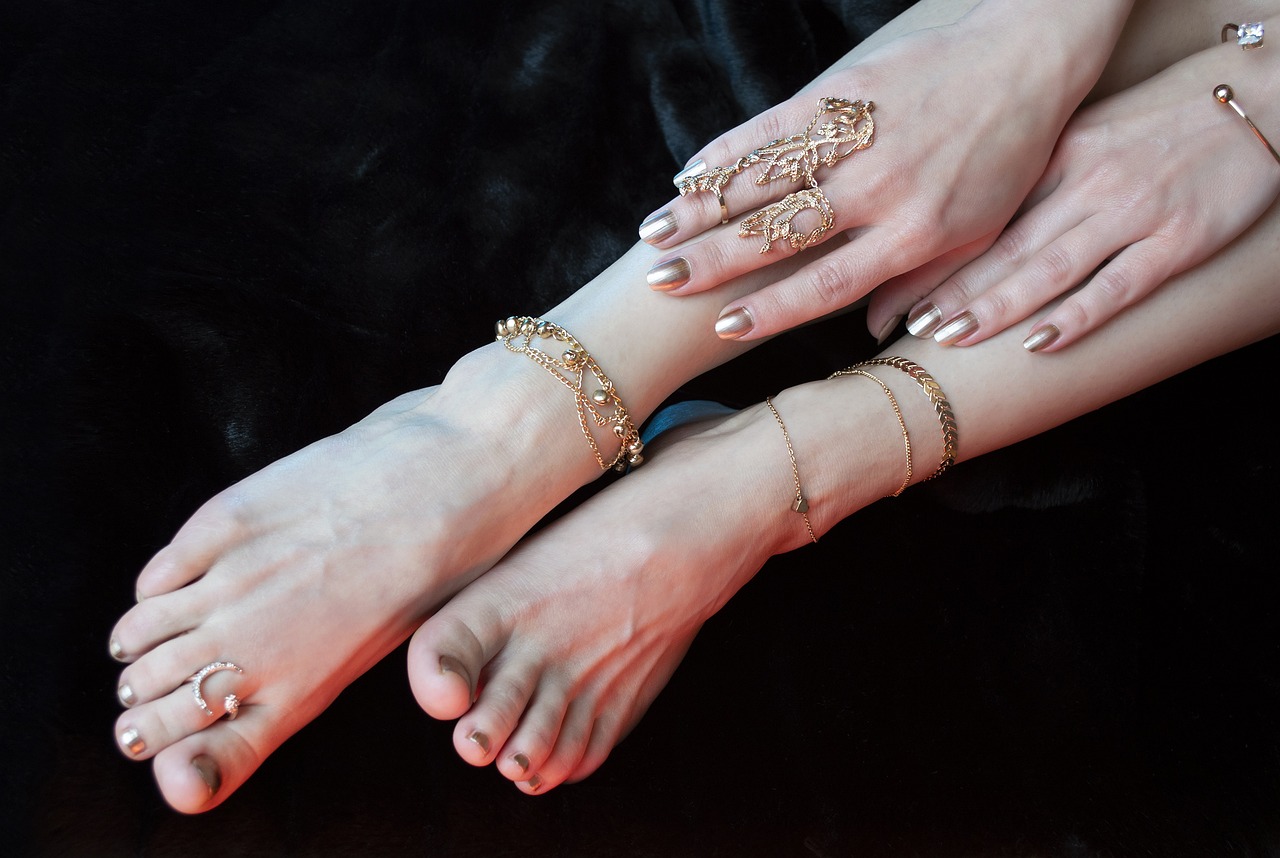Support your circulation — but don’t forget your skin.
Compression socks are a game-changer for many: they boost circulation, reduce swelling, and provide daily support for those with varicose veins, diabetes, or long-standing jobs. But while they’re great for what’s happening inside your legs, they can sometimes cause issues on the outside — especially on the heels.
If you regularly wear compression socks, you may have noticed dryness, tightness, itching, or even cracked heels. The good news? With a few simple steps, you can continue to benefit from your compression gear without sacrificing skin health.
In this guide, we’ll explore why compression socks can irritate heel skin and how to build a heel care routine that keeps your feet soft, healthy, and supported — with help from The Beauty Pure.
Table of Contents
Toggle🧦 How Compression Socks Affect Heel Skin
Compression socks work by applying graduated pressure to help blood flow from your lower legs back to the heart. But this tight fit comes with a few skin-related drawbacks:
- Reduced airflow = trapped heat and moisture
- Increased friction = rubbing on heel edges and soles
- Long wear time = prolonged compression over already dry skin
- Tight fabric = limits heel movement and flexibility
The result? Dry, dehydrated, irritated skin — especially around the heel and Achilles area.
🚩 Common Heel Skin Issues from Compression Sock Use
- Flaking or rough skin
- Itching or burning sensations
- Discoloration or redness at pressure points
- Peeling around the heel edges
- Cracks or fissures in chronic cases
If you’ve experienced any of the above, you’re not alone — and you’re not stuck with it.
🧴 Heel Care Routine for Compression Sock Users
Here’s how to prevent and treat heel dryness while still getting the benefits of compression therapy:
✅ Step 1: Moisturize Before and After Use
Compression socks trap your skin’s moisture — which sounds good, but can actually lead to moisture imbalance and breakdown.
- In the morning, apply a light, fast-absorbing cream before putting socks on
- In the evening, apply a rich repair cream to deeply hydrate and restore skin
👉 Use:
- Morning: Lapitak Foot Care Cream
- Night: Lapitak Cream for Cracked Heels
✅ Step 2: Avoid Lotions Between Toes
Excess moisture between the toes — especially when compressed — can encourage fungal growth. Keep the cream focused on:
- Heels
- Soles
- Sides of the foot
✅ Step 3: Exfoliate Gently 1–2x a Week
Exfoliating helps remove the dry, thickened layer caused by friction.
- Use a pumice stone or soft file after soaking
- Follow immediately with heel cream
- Don’t over-scrub — especially on irritated areas
✅ Step 4: Clean Socks = Healthier Skin
- Wash compression socks after every use
- Choose socks made of breathable, moisture-wicking fabric
- Avoid synthetic blends that overheat or rub
✅ Step 5: Give Your Heels a Break
When possible:
- Remove your socks for a few hours each day
- Let your feet “breathe” with clean air
- Massage your heels to stimulate circulation and release tension
👣 Bonus: Nighttime Recovery Tips
Want to take your heel care even further?
- After moisturizing, wear cotton socks overnight to boost absorption
- Elevate feet for 10–15 minutes to help reduce swelling
- Use Lapitak Foot Odor Preventing Spray if sweat or odor is a concern
Final Thoughts: Compression + Care = Healthy Heels
Compression socks help your blood flow — but you still need to care for your skin. With a smart heel care routine, you can enjoy the benefits of compression without the discomfort of dry, cracked heels.
👉 Explore The Beauty Pure for expert-formulated creams and sprays that repair and protect your feet — even after hours of compression.





